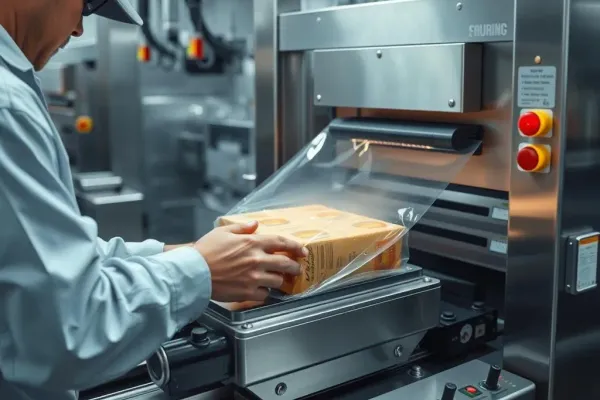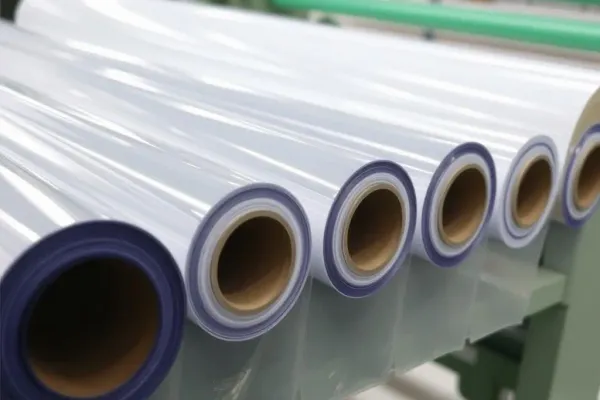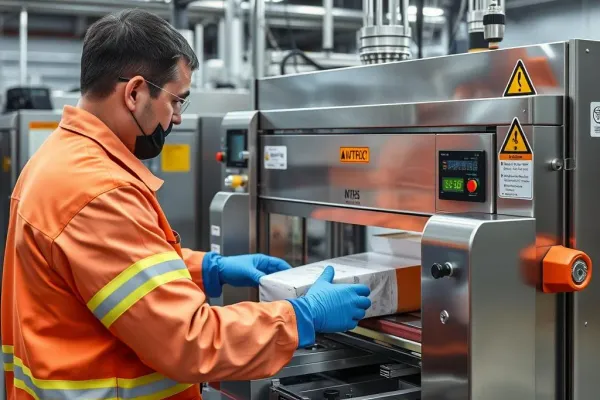Avoid your inquiry is delay response, please enter your WhatsApp/Skype along with the message, so we can contact you at the very first time.
We will reply you within 24 hours. If for urgent case, please add WhatsApp/WeChat: ,. Or call directly.
Feeling stuck with loose packs and rising labor costs? The right shrink system can lock in quality and free your team.
You operate a shrink machine by choosing the proper film, adjusting temperature and speed, and sealing products inside a sleeve that shrinks tight under heat.

Change is hard. Yet, I have seen plant managers regain control once they follow a clear, safe routine. Keep reading and I will walk you through it.
Tired of bags tearing or cartons breaking? Heat-shrink packaging solves that, but only if you grasp the basics first.
A shrink machine1 wraps a product in polymer film, seals the film, then passes the pack through a heated tunnel where the film contracts to create a tight, protective skin.
| Part | Simple Role | Typical Adjustment |
|---|---|---|
| Film unwind | Feeds flat or center-fold film | Film tension |
| L-sealer or side sealer | Cuts and seals film around product | Dwell time, jaw pressure |
| Tunnel heater | Blows hot air to shrink film | Temperature, airflow |
| Conveyor | Moves product through tunnel | Speed |
Shrink film is stretched during production. When heated above its orientation temperature (usually 110-160 °C), it tries to return to its original size, gripping the pack. I picture a rubber band that has been pulled tight; heat lets it snap back evenly.
My first line retrofit in 2012 cut breakage by 40 % overnight. The physics is simple, yet the impact is huge.
Wasteful film choices drain profits and anger sustainability teams. Pick the right resin and thickness to balance strength and cost.
Polyolefin, PVC, and polyethylene films2 dominate shrink packaging. Each material differs in clarity, seal strength, and recycling options.

| Film | Best For | Pros | Cons |
|---|---|---|---|
| Polyolefin (POF) | Retail display | High clarity, strong seals, FDA food-grade | Higher cost than PVC |
| PVC | Print media, small boxes | Low temp shrink, sharp angles | Brittle in cold, chlorine fumes |
| LDPE | Bulk beverage, cans | Durable, low cost, recyclable | Cloudy, higher temp needed |
Standard retail packs run 12–19 micron POF. Heavy bundles need 50–100 micron LDPE. Never chase the thinnest film before confirming puncture tests; a snapped sleeve wastes more than it saves.
My Ohio client, John, switched from PVC to 15 micron POF with 30 % recycled content last quarter. He kept shelf appeal and met his retailer’s green scorecard, proving change is possible without pain.
Accidents happen when speed trumps process. Follow a fixed checklist each shift and remove guesswork.
You operate safely by inspecting guards, loading film correctly, setting heat zones, running a test pack, and wearing heat-resistant gloves throughout.

| # | Action | Why it matters |
|---|---|---|
| 1 | Check emergency stops and tunnel guards | Prevents injury |
| 2 | Thread film per path diagram | Avoids film jams |
| 3 | Set seal jaw temp (180 °C POF, 140 °C PVC) | Clean seals |
| 4 | Pre-heat tunnel to spec | Full shrink, no bubbles |
| 5 | Run one sample, inspect corners | Tune airflow |
| 6 | Start production, monitor every 30 min | Keeps quality steady |
| 7 | Shut down, cool heaters, clean seals | Extends life |
I never skip gloves rated to 250 °C when clearing film trims. Shards of hot polymer can cling like glue. Safety glasses stop stray film from whipping eyes during roll changes.
Modern PLC touch screens store recipes. Save one profile per SKU. John cut his changeover from 12 min to 4 min by locking settings and adding photo prompts on our HMI.
Small errors snowball into rework piles. Learn from others and sidestep them early.
Avoid loose seals, trapped air, over-shrinking, wrong film, ignoring maintenance, and poor operator training3 to keep downtime low.
| Mistake | Result | Quick Fix |
|---|---|---|
| Seal cool or dirty | Open seam | Raise jaw temp, wipe PTFE tape |
| Tunnel too hot | Dog-ears, holes | Lower temp or speed up belt |
| No hole punch | Ballooning film | Add micro-perforation wheel |
| Film too thick | Waste, higher cost | Down-gauge after drop tests |
| Skipping PM | Heater failure | Schedule weekly lint blow-out |
When I saw recurring crow-feet wrinkles on lotion bottles, the real issue was uneven tunnel airflow4, not film. A $30 air baffle solved a $5,000 scrap problem. Always chase causes, not symptoms.
I urge teams to hold a ten-minute huddle each Monday. Review last week’s defects, show one fix live, let every operator touch the controls. Skills stick faster than memos.
Master basics, choose the right film, follow a strict checklist, and defects fade while throughput grows.
Understanding shrink machines can enhance your packaging efficiency and product protection. Explore this link for detailed insights. ↩
Understanding these materials can help you choose the best option for your packaging needs, balancing cost and sustainability. ↩
Effective operator training can significantly reduce errors and improve efficiency in shrink wrapping operations. ↩
Learn how uneven airflow can lead to defects and how to fix it, ensuring better quality in your shrink wrapping. ↩